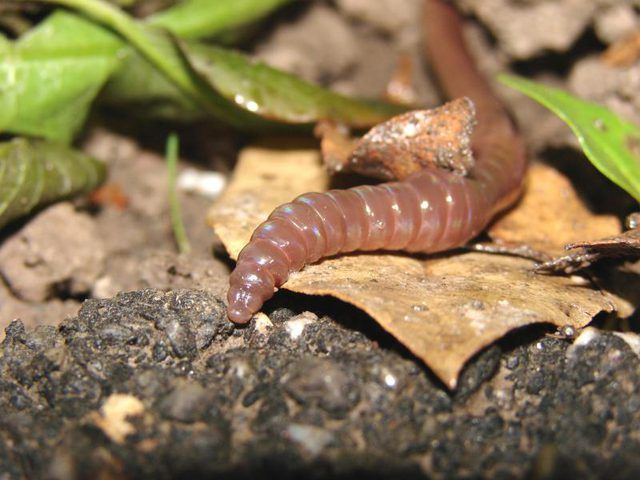Bulbs
Flower Basics
Flower Beds & Specialty Gardens
Flower Garden
Garden Furniture
Garden Gnomes
Garden Seeds
Garden Sheds
Garden Statues
Garden Tools & Supplies
Gardening Basics
Green & Organic
Groundcovers & Vines
Growing Annuals
Growing Basil
Growing Beans
Growing Berries
Growing Blueberries
Growing Cactus
Growing Corn
Growing Cotton
Growing Edibles
Growing Flowers
Growing Garlic
Growing Grapes
Growing Grass
Growing Herbs
Growing Jasmine
Growing Mint
Growing Mushrooms
Orchids
Growing Peanuts
Growing Perennials
Growing Plants
Growing Rosemary
Growing Roses
Growing Strawberries
Growing Sunflowers
Growing Thyme
Growing Tomatoes
Growing Tulips
Growing Vegetables
Herb Basics
Herb Garden
Indoor Growing
Landscaping Basics
Landscaping Patios
Landscaping Plants
Landscaping Shrubs
Landscaping Trees
Landscaping Walks & Pathways
Lawn Basics
Lawn Maintenance
Lawn Mowers
Lawn Ornaments
Lawn Planting
Lawn Tools
Outdoor Growing
Overall Landscape Planning
Pests, Weeds & Problems
Plant Basics
Rock Garden
Rose Garden
Shrubs
Soil
Specialty Gardens
Trees
Vegetable Garden
Yard Maintenance
Types of Earthworms
Types of Earthworms. Scientifically, earthworms are classified as Annelids. In Latin, 'Annelida' means 'little rings,' and this aptly describes their segmented bodies. By improving and enriching the quality of soil, earthworms play a very important role for the environment. They increase soil fertility, improve soil structure, and augment the...

Scientifically, earthworms are classified as Annelids. In Latin, 'Annelida' means 'little rings,' and this aptly describes their segmented bodies. By improving and enriching the quality of soil, earthworms play a very important role for the environment. They increase soil fertility, improve soil structure, and augment the soil's ability to hold water, helping many plants and animals to thrive. Earthworms can be primarily classified under three categories and are present today in most parts of the world.
The Challenge of Earthworm Taxonomy
Scientific consensus is lacking in earthworm taxonomy. This began in the 1990s when there was a movement to break free from the classical system. What ensued was a lot of confusion about how to adequately follow the newly established guidelines. Earthworms are classified in the phylum Annelida. Generally earthworms fall under three categories -- anecic, endogeic and epigeic -- based on their habits.
Anecic Earthworms
Anecic is Greek for "up from the Earth," or "out of the Earth." These earthworms dig permanent burrows deep in the mineral layers of the soil. They drag organic matter from the soil surface into these burrows for food. Once digested, the castings of these earthworms contain many vital nutrients that plants need and can be spotted on the soil surface, especially in grasslands. Anecic worms are commonly used as bait.
Endogeic Worms
'Endogeic' worms build extensive burrows. Unlike Anecic worms, these burrows are temporary and horizontal. They feed on the organic matter in the soil and are rarely spotted unless there is heavy rainfall and they are washed to the soil surface. They often sport pale colors, such as grey, pale pink, green or blue.
Epigeic Earthworms
Epigeic earthworms are often spotted on the soil surface after a rain storm. They form no permanent burrows. They live and feed on decaying organic matter like leaf litter. They are often bright red or reddish brown and are not striped. Their common names include red worm, manure worm, brandling worm, red wiggler and compost worm.